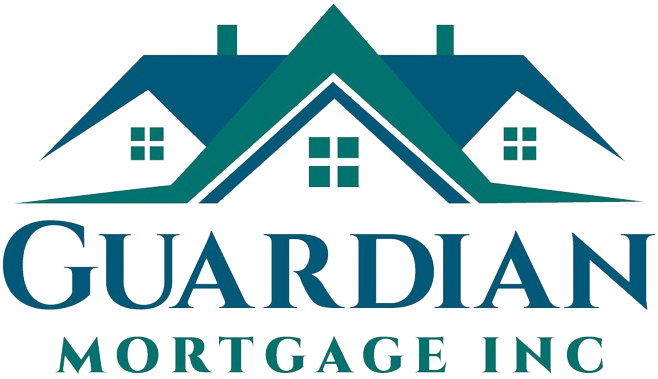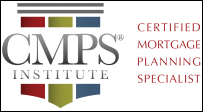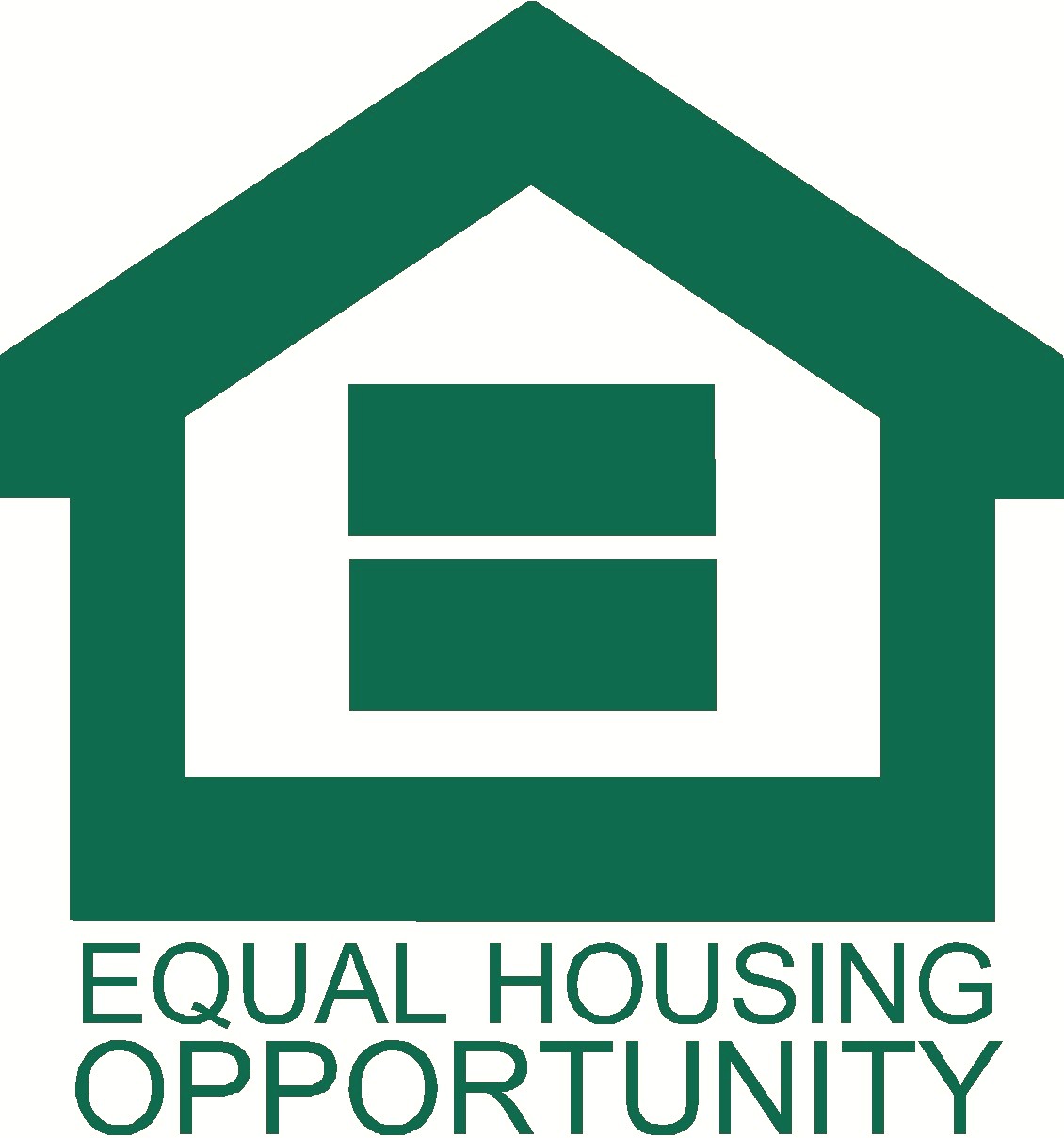Choosing the Right Loan
Which home loan could suit you?

The home loan market doesn’t stand still. New products are launched almost every day. We can compare and contrast over 300 different home loan products from the lenders on our panel to see which ones suit you and your goals.
You should also use our mortgage calculators as a guide to how much you can borrow and what your repayments will be.
What types of home loans are available?
Variable (Principal and Interest) home loans
The rate charged on a variable loan moves up or down in accordance with movements in interest rates, as set by the Reserve Bank. Basic variable loans generally have fewer loan features than a standard variable loan. Basic variable loans are suitable if you are looking to pay off a consistent amount over the full term of the loan, but are not suitable if you are looking to pay off your mortgage quickly.
Pros:
- Repayments fall when official interest rates fall.
- Standard variable loans offer flexibility and additional features, such as the ability to make additional payments, such as a redraw facility (take out any extra money that you have put in), low introductory or honeymoon rates.
- Allows careful borrowers to pay off the mortgage quickly by not having any penalty for advance payouts.
Cons:
- Higher interest rate is higher for standard variable loans than basic loans because they usually offer additional features
- Repayments rise when official interest rates rise
Fixed Rate (Principal and Interest) home loans
A fixed rate loan is a loan that has a fixed interest rate and therefore fixed loan repayments. The time period of these loans can vary, but you can usually “lock in” your repayments for between 1-5 years. Although the fixed rate period may be 3 years, the total length of the loan itself may be 25 or 30 years. At the end of the fixed loan period you can decide whether to fix the loan again for another period of time at the current market rates or convert the loan to a variable interest rate for the remaining time left of the loan.
Pros:
- Repayments do not rise if the official interest rate rises.
- Provides peace of mind for borrowers concerned about rate rises
- Allows more precise budgeting
Cons:
- Repayments do not fall if rates fall
- Allows only limited additional payments
- Penalises early payout of the loan
Split Rate (Principal and Interest) home loans
A split rate loan is a loan that has one portion of the loan fixed and one portion variable. You can select how much to allocate to each.
Pros:
- Provides some peace of mind for borrowers concerned about rate rises
- Provides more certainty in budgeting than full variable loans
- Can make additional payments on variable portion
Cons:
- Allows limited additional payments only
- Repayments will rise with rate rises
Interest-Only home loans
You repay only the interest on the principal during the term of the loan; therefore, repayments are lower than with a standard principal and interest loan. At the end of the interest only period – usually one to five years – you must start making Principal and Interest Repayments over the remaining term of the loan.
Pros:
- Lower repayments initially so you have more money to renovate/improve the property.
- Cuts the cost of buying a residential investment property in the short-term, which could allow you to make greater contributions to your principal place of residence.
Cons:
- There will be sudden increase in repayments at the end of the Interest Only period and the loan converts to Principal and Interest repayments.
- Lenders will assess your ability to repay the loan only on the principal and interest repayments. This can reduce your borrowing power, as these repayments will be higher than a loan on Principal and Interest for the full term.
Line of Credit home loans
This type of property loan revolves around equity built up in your property and allows access to funds when needed. These products are creative ways to raise funds for investment by providing cash up to a pre-arranged limit. Each month the loan account balance is reduced by the amount of cash coming in and increased by the amount paid on the credit card or withdrawn in cash. As long as there is consistently more cash coming in than going out these accounts can work well. However, they can be very costly if the balance of the line of credit is not regularly reduced. It requires an interest-only payment as a minimum each month, which can add up to a lot of interest over the long term.
Pros:
- Use the money you need and pay it back when you can
- Home loan interest rates tend to be lower than credit cards or personal loans
- Offers flexibility
Cons:
- Possibly reduces equity in your residential property
- Usually higher interest rates
- Need to be disciplined to make principal payments regularly
- Can be very expensive if not used carefully
Low-doc home loans
A low-doc or no-doc mortgage is ideally suited for investors or self-employed borrowers looking to refinance, purchase or renovate. No tax returns or financial reports are required.
Pros:
- Simple income declaration form
- No tax return or financial records required
- Fully serviceable loan options, redraws, line of credit, variable or fixed rates
- Principal & Interest or Interest-only loans
Cons:
- Generally a higher interest rate
Introductory home loan
The interest rate is usually low to attract borrowers. Also known as a honeymoon rate, this rate generally lasts only for around 12 months before it rises. Rates can be fixed or capped. Most revert to the standard rates at the end of the honeymoon period.
Pros:
- Usually the lowest available rates
- When payments are made at the introductory rate, the principal can be reduced quickly
- Some lenders provide an offset account against these loans
Cons:
- Payments usually increase after the introductory period
Non-conforming home loan
People with poor credit ratings often have trouble sourcing a home loan. Many lenders now offer what are known as ‘non-conforming loans’ for people in this type of situation. While lenders are willing to overlook prior credit problems, they will want to see some evidence of your ability to repay the loan. A larger deposit than is required for traditional loans will generally be required also.
Pros:
- Overlooks poor credit rating
Cons:
- Higher interest rate than traditional loans
This is only a quick overview of the different types of home loans available. We will review the available home loan products against your specific requirements to help you find the loan that suits you.
Our Certified Mortgage Planner Specialists will guide you through each stage of the process and provide you with expert advice along the way. We are committed to making the home refinance process clear, informative, and simple. At Guardian Mortgage, we understand that buying a home will be one of the biggest purchases of your life. That’s why we are committed to providing you with the information you need to make well informed decisions.


